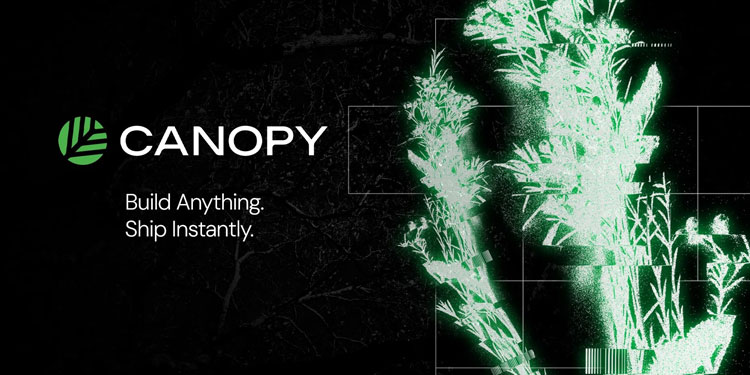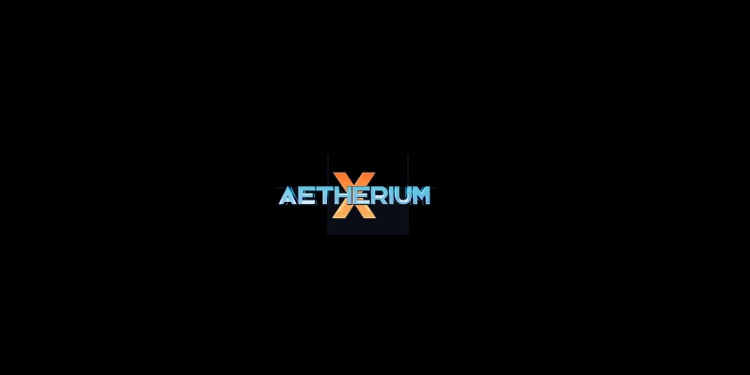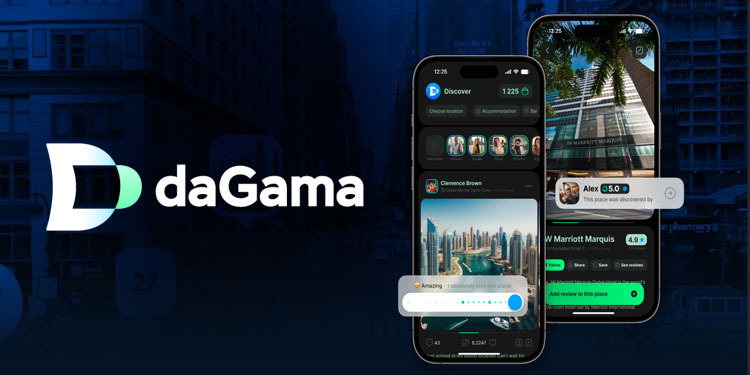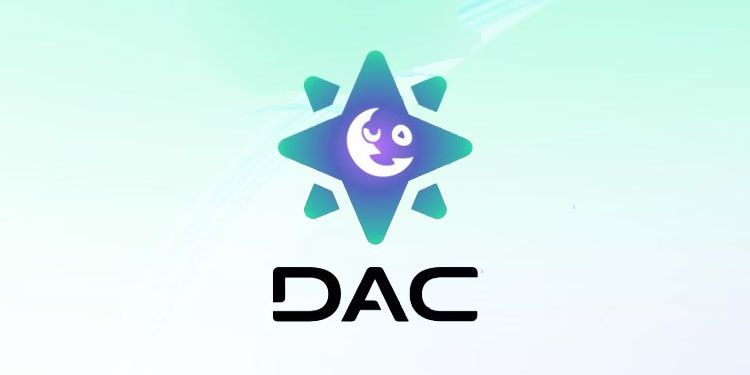WonderChain, a recognized entity in the Web3 sector, has initiated a strategic move to broaden its presence in Southeast Asia through a series of high-profile collaborations. As part of its expansion strategy, the company has signed a memorandum of understanding (MOU) with Cashtree, a leading mobile advertising network in Indonesia. In addition, WonderChain is engaging with key regional players such as Telkomsel, Indonesia’s largest telecom provider, mobile payment service Dana, and MAP, the country’s largest retail conglomerate. These alliances are intended to help the platform establish a firm foundation in a rapidly growing digital economy.
The core objective behind these partnerships is to move beyond mere user acquisition and foster a consumption model that leverages blockchain incentives. WonderChain appears focused on embedding Web3 technology into real-world economic activities, enabling users to earn and use tokens and reward points as part of their everyday interactions. This model underscores the practical application of blockchain in conventional settings, suggesting that the company views the Web3 ecosystem as an enhancement to local markets rather than a parallel system.
Industry trends reinforce the significance of this direction. Data from 2024 indicates that more than 12 million people were actively participating in Web3 platforms, with projections forecasting an annual growth rate surpassing 40% through 2027. This signals strong global interest, especially for solutions that focus on user-friendly experiences rather than complex technical frameworks.
In response to this demand, WonderChain has created an environment where real-world behaviors are converted into blockchain-based incentives. The platform rewards individuals for activities such as discovering local content, writing reviews, validating physical locations, and visiting travel sites. These earned credits and tokens can then be exchanged for unique products within a global trading ecosystem, adding a tangible benefit to user participation.
Another standout feature of WonderChain’s framework is its commerce governance system, which operates on a decentralized autonomous organization (DAO) model. Within this structure, user feedback and ratings play a direct role in shaping product listings and marketplace dynamics. This user-driven approach promotes transparency and encourages active community participation, transforming consumers into integral stakeholders in a decentralized commercial network.
The company has drawn comparisons to well-known platforms, being informally described as a Web3 hybrid of Airbnb and ShopBack. It mimics Airbnb by tokenizing user actions and aligns with ShopBack’s model of rewarding real-world consumption. This combination positions WonderChain as a distinct presence in the blockchain space—one where everyday user engagement becomes a catalyst for decentralized economic activity.
Looking ahead, WonderChain is striving to become a leading innovator in the Web3 arena. Its broader vision goes beyond technical enhancements, aiming to integrate blockchain seamlessly into daily life. The company seems intent on achieving mass adoption not through complexity but through practical, accessible solutions that align with familiar consumer behaviors.
By linking digital engagement to physical spending, WonderChain represents a shift in how blockchain projects are perceived and used. Rather than remaining isolated in niche tech communities, the platform is championing a version of Web3 that is accessible, habitual, and deeply embedded in everyday life. This direction suggests that future competitiveness in the Web3 space will rest on how effectively platforms like WonderChain can simplify user interaction and create real-world value through decentralized systems.









